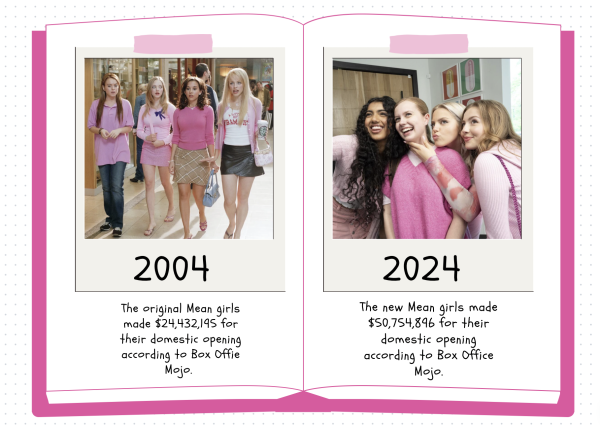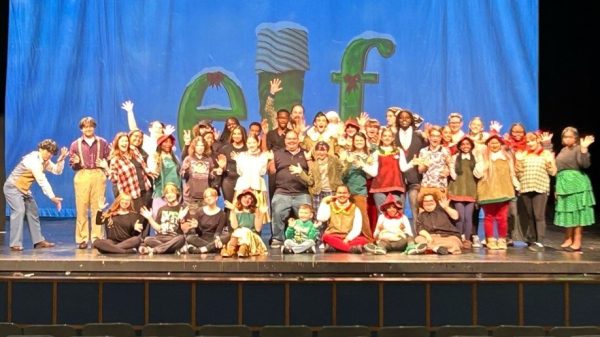Netflix re-vamps the infamous vampire king in new ‘Dracula’ adaptation
February 24, 2020
Netflix’s newest horror mini-series, Dracula, revives the iconic blood sucker in a whole new light. The three–part tale aired on the January 1st through the 3rd, on both BBC One and Netflix. The show’s mature rated movie–length episodes consist of blood, gore, and stomach wrenching scenes.
Dracula vaguely follows the writings of author Bram Stoker, the original creator of the character. In a 18th century gothic horror, the king of vampires goes head to head in a battle of wits with Sister Agatha Van Helsing (Dolly Wells), a nun in an 18th century convent and descendant of the infamous Van Helsing family of monster hunters. Her fascination with vampires leads her to an interview with one of Dracula’s undead victims. As he tells his story, Count Dracula (Claes Bang) finds his way to the victim and threatens Helsing and all the nuns in the convent. This standoff scene between Helsing and Dracula is made uncomfortable by the distasteful nudity of Dracula himself.
After the vampire king visits the convent, he plans to travel to London and the New World. He travels by boat, developing an omniscient murder mystery storyline. The second episode concludes with a 123–year time change.
The show jumps from the 18th century to modern times, and it’s difficult to follow along with the plot. The third episode introduces new characters without depth or development, including Zoe Van Helsing (Dolly Wells) a descendent of Agatha, who’s character does not get enough screen time to fully shine. Dracula struggles to understand modern technology and its filled with cheesy and deadpan comedy that doesn’t land.
Screenwriters Mark Gatiss and Steven Moffat are famous for writing BBC’s version of Sherlock, and their brilliance and expertise shines through in the first two episodes of the show. However, it seems that they were overwhelmed with ideas in the last episode, as it’s a complete struggle to understand and enjoy.
The beginning is arguably perfect. The suspense and mystery surrounding the Count and Transylvania draws the viewer into the mystery. Even though we’ve seen countless Dracula adaptations, this one stands out, adding a twist on all the myths that we thought we knew about the blood sucking count, making the show different from all before it. We see his vulnerabilities in the past, but the writers test the boundaries of these vulnerabilities, something we haven’t seen done with this character. While the show’s writing gives Claes Bang the spotlight and support he needs to be an excellent Dracula, he just can’t fit the part.
Dracula is known to be mysterious, threatening, scary, and most importantly charming and seductive, and frankly Claes Bang did not fit that role well. He was perfectly mysterious and scary, but he lacked in charm. However, he did make up for some of it in his persuasive voice and character, but it just was not the same.
This adaptation easily could’ve been the greatest Dracula we’ve ever seen, but the ending and poor casting choice and portrayal of Dracula made it difficult to beat many of the past versions.





